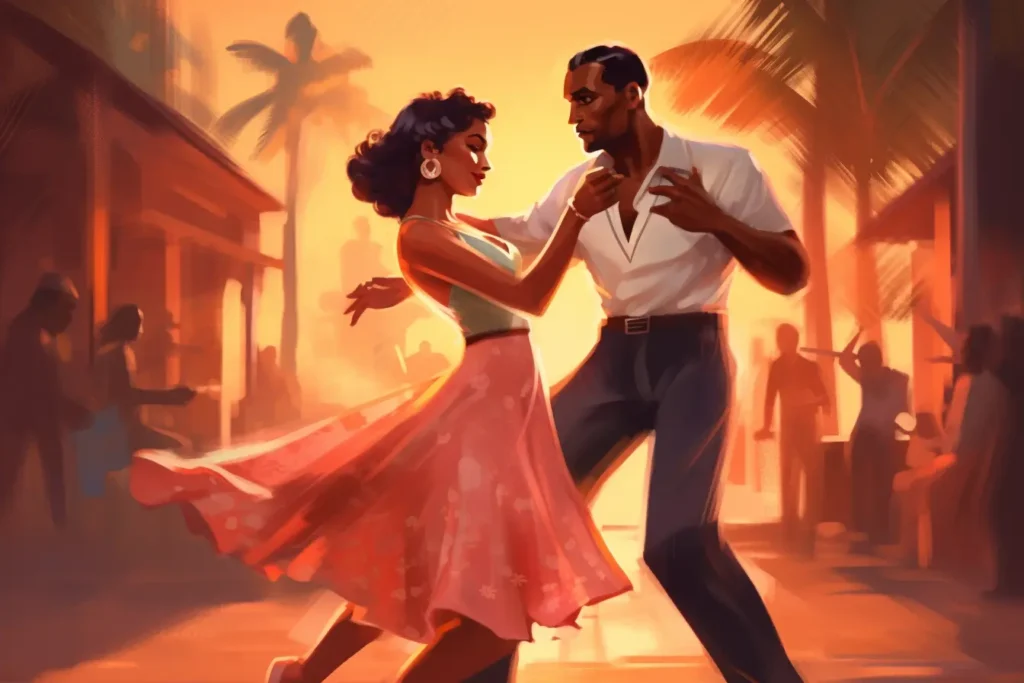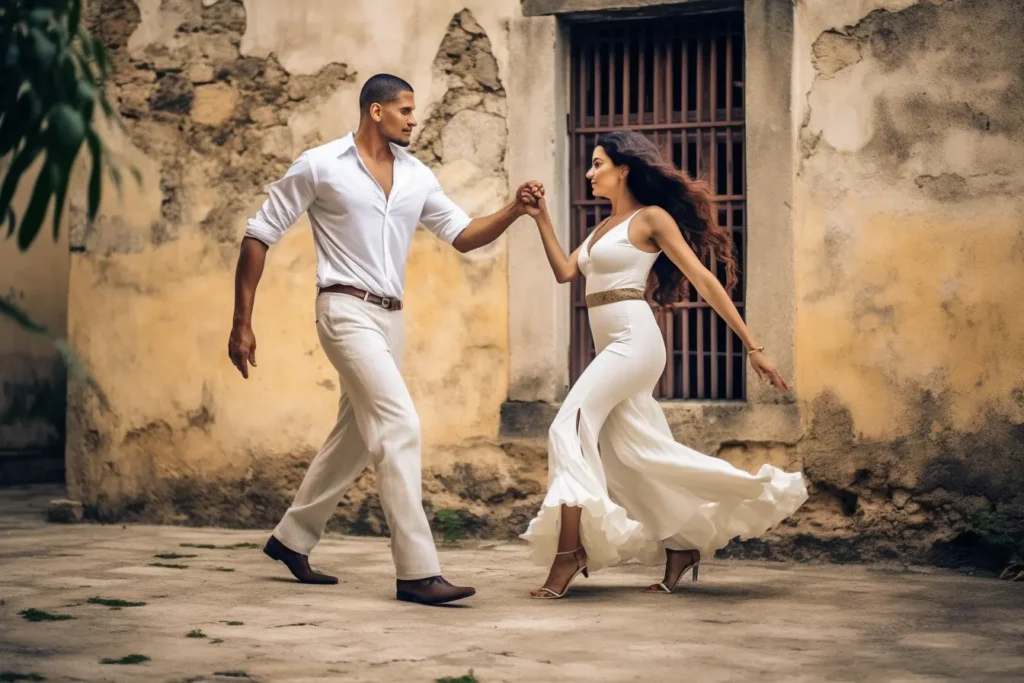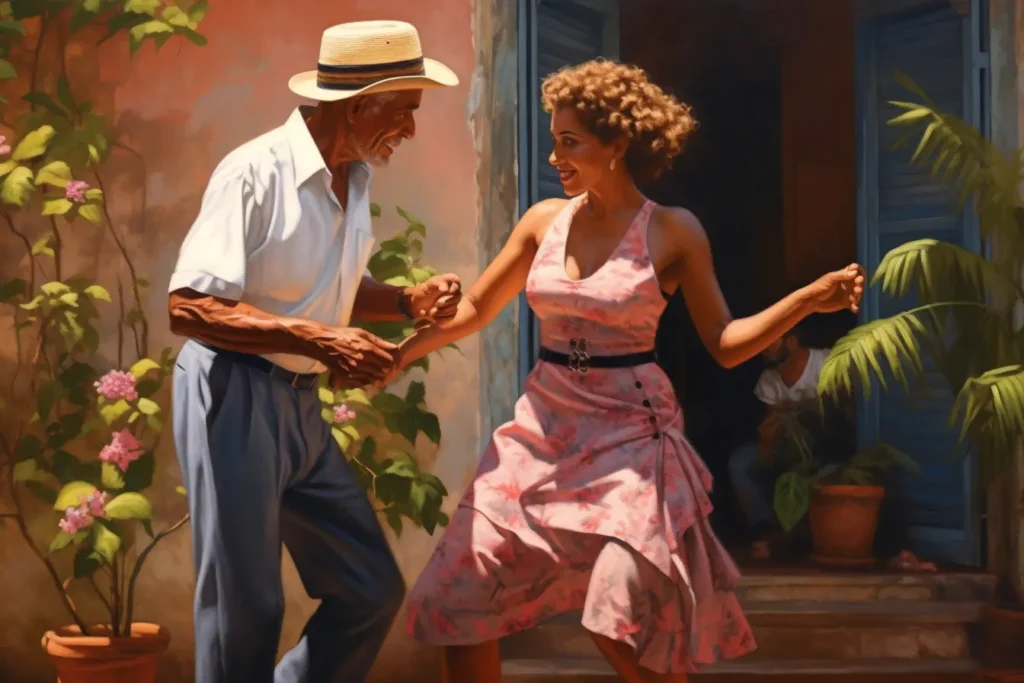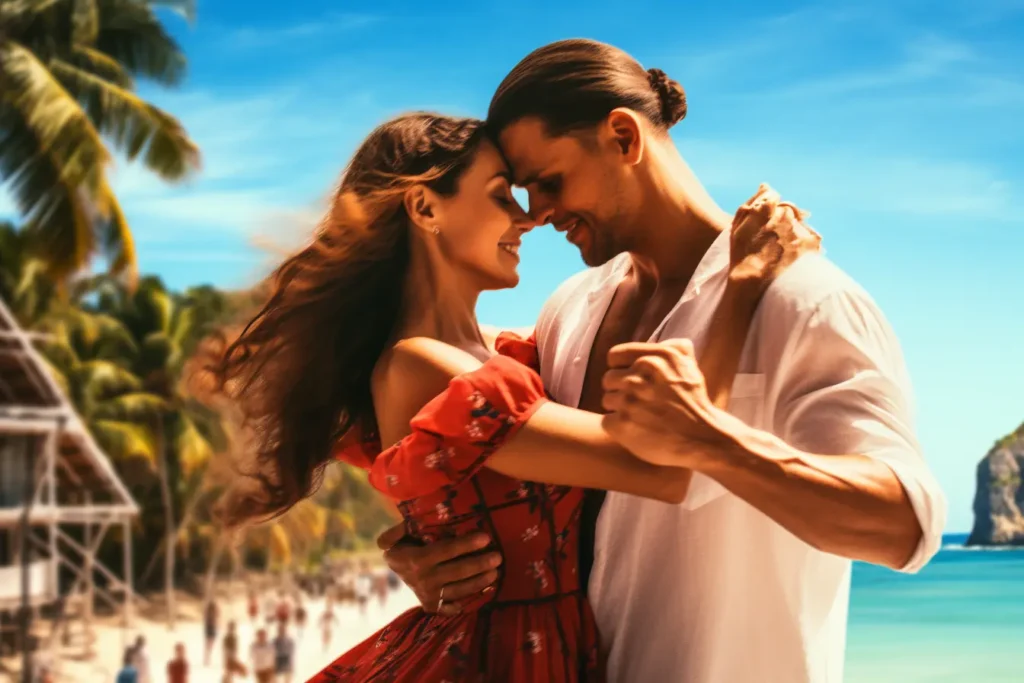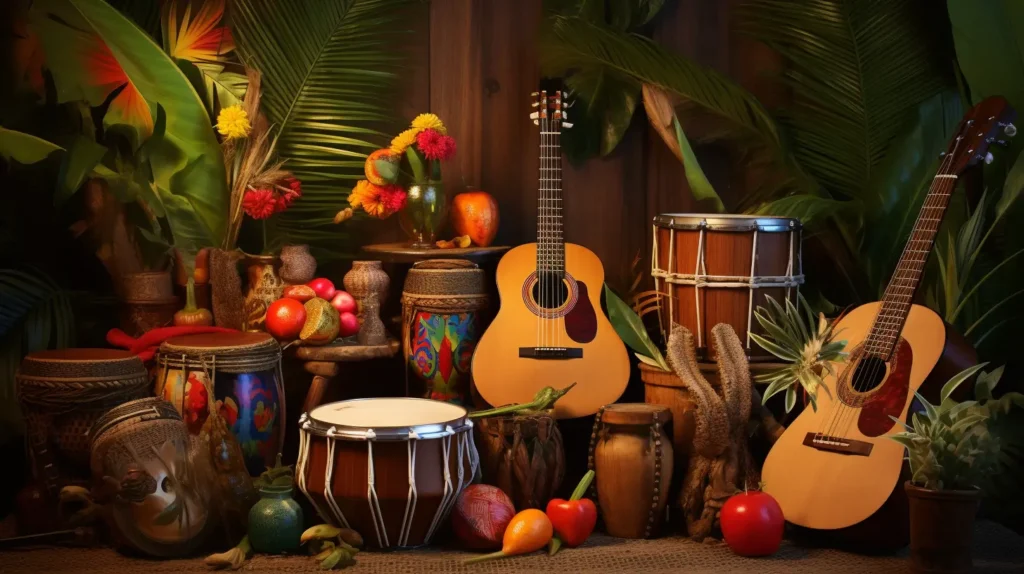
Dominican Music: A Vibrant Tapestry of Rhythms and Cultural Expression
The Dominican Republic, a stunning Caribbean nation, enchants with its picturesque landscapes, welcoming people, and a vibrant musical legacy. Dominican music is a vibrant tapestry of rhythms and cultural expressions that reflect the country’s history, diversity, and deep-rooted traditions. From the infectious beats of merengue to the soulful sounds of bachata, Dominican music resonates with passion, joy, and a unique cultural identity.
Historical Influences and Origins
To understand the essence of Dominican music, it is important to explore its historical influences and origins. The Dominican Republic has a complex history shaped by a mix of indigenous Taíno, African, and European cultures. Each of these influences has left an indelible mark on the music of the country.
The Taíno people, the indigenous inhabitants of the island before European colonization, had their own musical traditions. Their percussive instruments and chants likely played a significant role in the development of later Dominican rhythms.
Spanish colonizers in the 15th century brought with them a fusion of European musical elements, introducing instruments such as the guitar, accordion, and tambora (a double-headed drum). These instruments would later become integral to various genres of Dominican music.
Enslaved Africans, brought to the island to work on sugar plantations, brought with them profound African influences. Their rich musical traditions, characterized by intricate rhythms, call-and-response vocals, and the use of percussion instruments, heavily influenced Dominican music, providing the foundation for many of its most distinctive genres.
Merengue Music: The Heartbeat of the Dominican Republic
Merengue, often referred to as the national music of the Dominican Republic, is a lively and energetic genre that encapsulates the spirit and vitality of the country. Its origins can be traced back to the mid-19th century and are deeply intertwined with the Dominican Republic’s history and cultural identity.
The rhythmic backbone of merengue lies in the tambora, güira (a metal scraper), and accordion. These instruments create a driving beat that invites people to dance and celebrate. The lyrics often tell stories of love, humor, social issues, and the daily experiences of the Dominican people.
Merengue gained international recognition in the 20th century, thanks in part to the contributions of influential artists such as Juan Luis Guerra, Joseíto Mateo, and Johnny Ventura. Their innovative approaches to the genre and fusion with other styles brought merengue to a global audience.
CLICK HERE FOR A MORE DETAILED DESCRIPTION ABOUT MERENGUE
Bachata: The Soulful Ballad of the Dominican Republic
While merengue represents the vibrant and upbeat side of Dominican music, bachata embodies the soulful and romantic aspect. Bachata, which originated in the marginalized neighborhoods of the Dominican Republic in the early 20th century, was initially linked to lower social classes. However, it has now achieved immense popularity.
Bachata’s instrumentation typically includes the guitar, bongos, bass guitar, and güira. The genre is characterized by its heartfelt lyrics, melancholic melodies, and passionate vocals. It often explores themes of love, heartbreak, and everyday struggles.
In recent years, bachata has experienced a remarkable resurgence in popularity and has evolved into a global phenomenon. Artists like Romeo Santos, Aventura, and Prince Royce have taken bachata to new heights, blending it with contemporary elements and attracting a diverse international fanbase.
CLICK HERE FOR A MORE DETAILED DESCRIPTION ABOUT BACHATA
Perico Ripiao
Perico Ripiao, sometimes referred to as merengue típico, is a folkloric genre originating from the Cibao region of the Dominican Republic. It features lively accordion-driven melodies, rapid-fire percussion, and improvisational elements. Perico Ripiao is deeply rooted in the country’s rural traditions and is often associated with festive occasions and cultural celebrations.
CLICK HERE FOR A MORE DETAILED DESCRIPTION ABOUT PERICO RIPIAO
Salsa Music
Salsa music is a popular genre of Latin American music that originated in the mid-20th century in New York City. It is largely among the Puerto Rican and Cuban communities. Vibrant, energetic rhythms characterize salsa music, and people often associate it with dance styles of the same name.
Salsa incorporates multiple styles and variations; the term can be used to describe a variety of different musical phenomena. It’s heavily influenced by a mix of Cuban genres like Son, Mambo, and Cha Cha Cha, along with elements of Jazz and Rock.
The instrumentation in salsa music typically includes percussion instruments such as congas, bongos, and timbales, as well as brass instruments like trumpets and trombones. Piano and bass also play key roles, and many salsa compositions feature a lead vocalist and chorus.
Salsa music, known for its infectious rhythms that draw listeners to dance, has significantly influenced popular music worldwide.
CLICK HERE FOR A MORE DETAILED DESCRIPTION ABOUT SALSA
Reggaeton
Although not original to DR, Reggaeton is an exhilarating music genre that originated in Puerto Rico in the late 1990s. Blending elements of reggae, dancehall, hip-hop, and Latin American rhythms, reggaeton is known for its infectious beats, catchy melodies, and energetic performances. With its pulsating dembow rhythm and a fusion of Spanish and English lyrics, reggaeton has gained global popularity, becoming a dominant force in the music industry. It has influenced contemporary pop music, sparked dance crazes, and created a cultural impact beyond its Latin American roots. From its humble beginnings as an underground movement to its current status as a mainstream phenomenon, reggaeton continues to evolve and captivate audiences with its irresistible blend of urban sounds and Latin passion. Get ready to move your body and immerse yourself in the dynamic world of reggaeton!
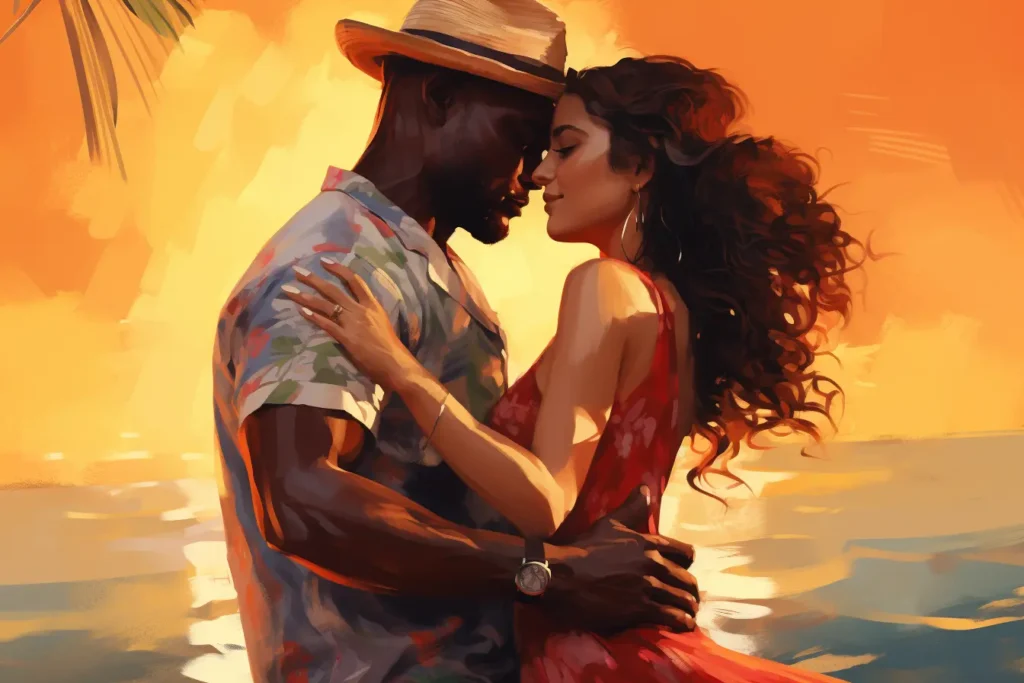
CLICK HERE FOR A MORE DETAILED DESCRIPTION ABOUT REGGAETON
Other Dominican Musical Genres
Beyond merengue and bachata, the Dominican Republic boasts a diverse array of musical genres that showcase the country’s cultural richness.
Preserving and Promoting Dominican Music
The preservation and promotion of Dominican music are paramount to safeguarding the country’s cultural heritage and ensuring its continued vitality. In the Dominican Republic, various initiatives, cultural institutions, and festivals dedicate themselves to nurturing and showcasing the nation’s rich musical traditions.
The annual Dominican Republic Jazz Festival, held in the beach town of Cabarete. It attracts renowned local and international artists, fostering a vibrant jazz scene and encouraging musical exchange. Similarly, the Festival Presidente, a massive music festival held in Santo Domingo, celebrates Dominican music across various genres, uniting people in a shared love for music.
Music education plays a crucial role in sustaining Dominican music traditions. The National Conservatory of Music in Santo Domingo and other educational institutions offer programs and courses that preserve and transmit the knowledge and skills required to excel in various genres.
Dominican music is a vibrant tapestry reflecting the cultural richness of the Dominican Republic. Merengue’s infectious rhythms and bachata’s heartfelt ballads captivate global audiences. By embracing roots, nurturing talent, and preserving traditions, the nation ensures its musical heritage flourishes for generations.
